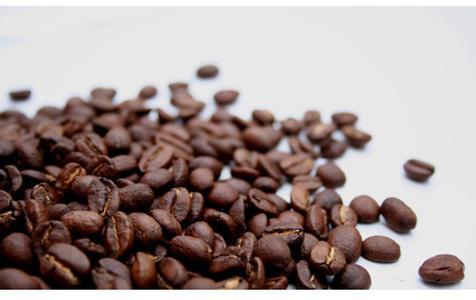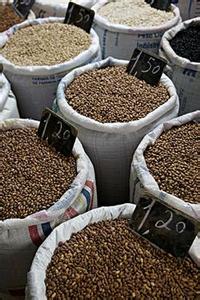Treatment of sun-tanned Yerba Feifeiwaka coffee Flavor description Grinding scale
Treatment of sun-tanned Yerba Feifeiwaka coffee Flavor description Grinding scale
The sun:
The most primitive and traditional treatment of raw coffee beans is the sun treatment (natural drying), in which the fruits are spread out in the open air and dried in the sun.
However, this treatment is limited by the weather and climate, which is time-consuming and labor-consuming, so it can not guarantee that each fruit will receive the same care in the process of treatment, and the time of sun exposure varies from 1 week to 2 weeks according to the fruit maturity.
Yega Xuefei is a small town, 700-2100 meters above sea level, synonymous with Ethiopian boutique coffee. It has been a wetland since ancient times. The ancient saying "Yirga" means "settle down" and "Cheffe" means "wetland". The mode of production and flavor of coffee here are so outstanding that Ethiopian coffee farmers compete to take pride in the flavor of their coffee, making it the most famous coffee producing area in Africa.
The so-called "Yega Chuefei" refers to strong aromas of jasmine, lemon or green citric acid, as well as sweet peaches, almonds and tea. The author's tasting experience has only one sentence: "Coffee entrance, flowers in full bloom!" Except for the comfort of the taste buds and olfactory cells in the nasal cavity touched by flowers. In addition to the fragrance of flowers, the delicate mellow thickness is like silk and feels wonderful to the touch. At present, many coffee chemists begin to study the microclimate and soil and water around Yega Xuefei, in order to sum up the planting equation of fine coffee.
Yejassefi's coffee trees were planted by monastic academics in Europe, and then they were put in charge of farmers or cooperatives. Yega Xuefei was actually constructed by the surrounding coffee communities or cooperatives, including: Hafusha Hama Biloya.
These mountain stream villages are foggy all the year round, with a cool breeze in summer without hot rain and no cold damage in winter, giving birth to unique citrus and floral regional flavor coffee trees are mostly planted in farmers' own backyards or mixed with other crops in the fields.

Important Notice :
前街咖啡 FrontStreet Coffee has moved to new addredd:
FrontStreet Coffee Address: 315,Donghua East Road,GuangZhou
Tel:020 38364473
- Prev

Introduction to the characteristics of Iron pickup Coffee beans, description of planting Environment and Flavor
The characteristics of iron pickup coffee beans planting environment flavor description taste introduction planting area is mainly distributed in Lincang, Baoshan, Simao, Xishuangbanna, Dehong and other states. The average temperature of Baoshan is 21.5℃, and the highest is 40.4℃, which is basically frost-free all the year round. It is recognized as the best producing area of small-grain coffee. The small grains of coffee cultivated here are strong but not bitter, fragrant but not strong, well-proportioned and mellow.
- Next

Description of Flavor and Taste of Coffee Bean planting in Hilado, Brazil
In addition to the unique soil and climate, there is a special phenomenon, that is, when you are near the place where you grow coffee, there will always be one or two farms where livestock are raised. The existence of the farm is the characteristic of the structure of the Sirado agricultural community. Coffee planting
Related
- Detailed explanation of Jadeite planting Land in Panamanian Jadeite Manor introduction to the grading system of Jadeite competitive bidding, Red bid, Green bid and Rose Summer
- Story of Coffee planting in Brenka region of Costa Rica Stonehenge Manor anaerobic heavy honey treatment of flavor mouth
- What's on the barrel of Blue Mountain Coffee beans?
- Can American coffee also pull flowers? How to use hot American style to pull out a good-looking pattern?
- Can you make a cold extract with coffee beans? What is the right proportion for cold-extracted coffee formula?
- Indonesian PWN Gold Mandrine Coffee Origin Features Flavor How to Chong? Mandolin coffee is American.
- A brief introduction to the flavor characteristics of Brazilian yellow bourbon coffee beans
- What is the effect of different water quality on the flavor of cold-extracted coffee? What kind of water is best for brewing coffee?
- Why do you think of Rose Summer whenever you mention Panamanian coffee?
- Introduction to the characteristics of authentic blue mountain coffee bean producing areas? What is the CIB Coffee Authority in Jamaica?

